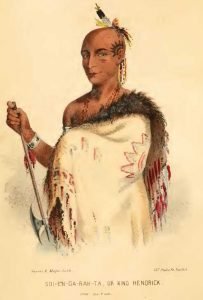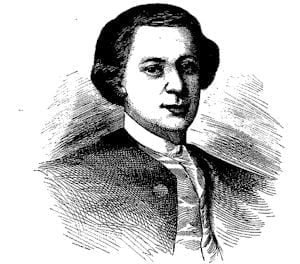Moravian Tribe
Moravian Indians. Mahican, Munsee, and Delaware who followed the teachings of the Moravian brethren and were by them gathered into villages apart from their tribes. The majority were Munsee. In 1740 the Moravian missionaries began their work at the Mahican village of Shekomeko in New York. Meeting with many obstacles there, they removed with their converts in 1746 to Pennsylvania, where they built the new mission village of Friedenshuetten on the Susquehanna. Here they were more successful and were largely recruited from the Munsee and Delaware, almost all of the former tribe not absorbed by the Delaware finally joining them. … Read more




